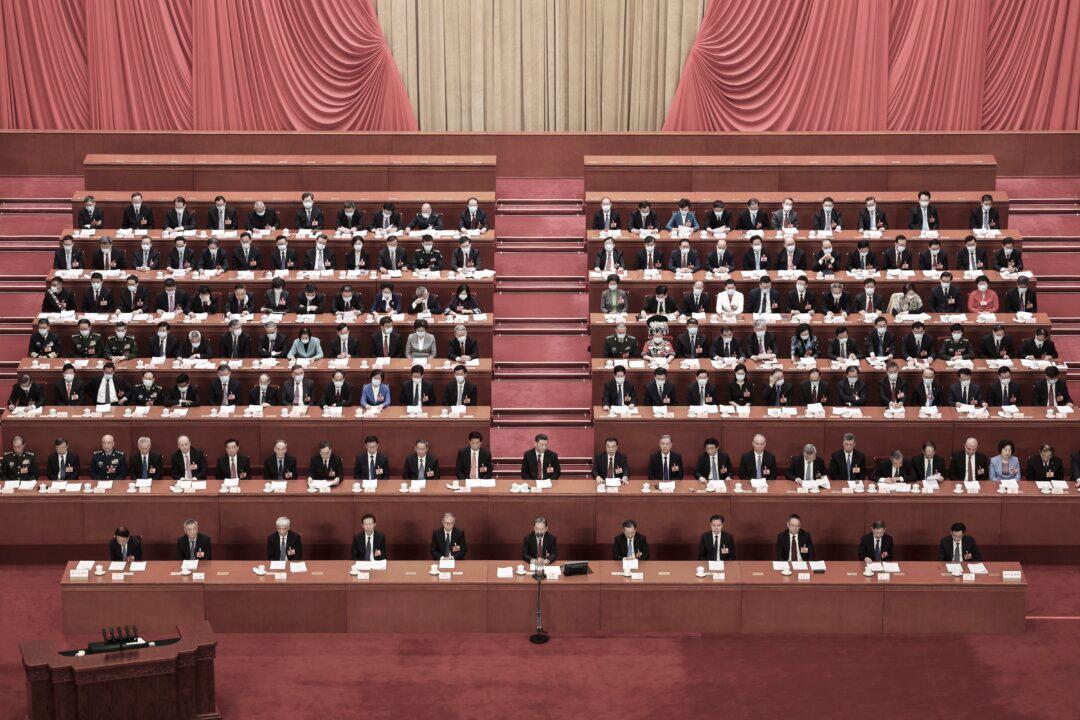Fifty-five years ago, during China’s Cultural Revolution, Mao Zedong introduced the “Down to the Countryside” movement to address rampant youth unemployment and quell potential threats against the Chinese Communist Party (CCP). Also known as “rustication,” (literally, “to be sent to the countryside”) it forced millions of urban young people into rural areas, leading to tragic consequences for an entire generation.
Now, faced once again with alarming levels of youth unemployment and fearing public unrest, the CCP is considering a second round of the unpopular policy.




